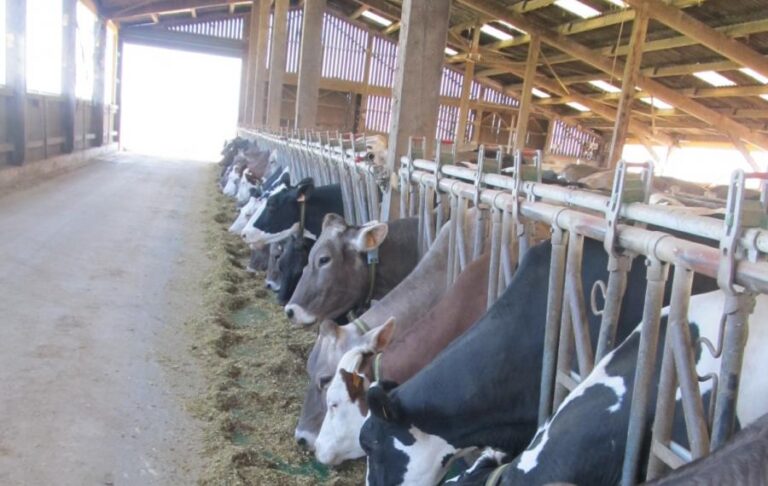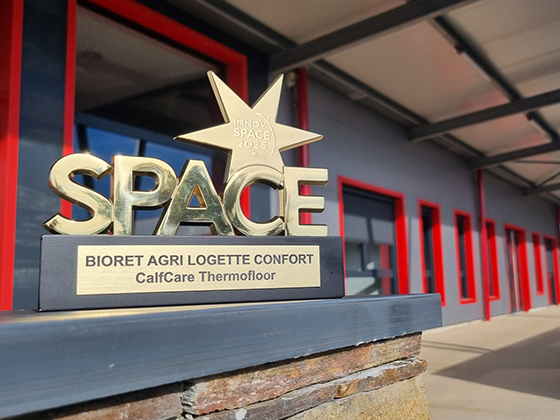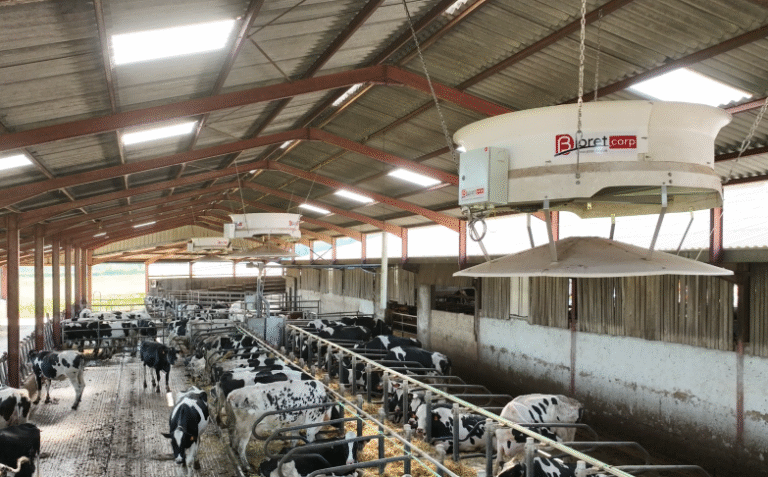« We are very demanding about the bacteriological quality of our milk, explains Edouard Rémillet, one of the three partners of Gaec des Baraques in Genevrières (52). Of the 1.2 million liters produced by our cows, we transform 1 million into AOP Langres, a raw milk cheese. »
To ensure impeccable milk, the farmer focuses primarily on the hygiene of the animals' bedding and the quality of the feed. To preserve the feed during distribution, the trough must be clean. In this regard, concrete troughs on the ground with a damaged surface can become veritable breeding grounds for microbes.
« Our building is 10 years old. Over time, the acidity of the silage has eaten away at the concrete in the trough. Degraded, they have become impossible to clean properly », reports the farmer.
Once the decision has been made to renovate the troughs, the choice of system comes next. « It's not easy to renovate a trough in a building that is in operation, warns Edouard Rémillet. Concrete must dry for 3 weeks before use. Resins also need a long drying time. »
How to continue feed distribution in the meantime? To be able to feed their 120 cows again under good hygienic conditions, the farmers opted for a SANI-FEED mat. "It was while talking with the Bioret sales representative that we discovered this mat system that covers the trough. The 3.5 mm thick PVC product meets our sanitary requirements and installation constraints."
Hygiene, practicality and resistance
At the end of March 2021, the SANI-FEED mat was installed over the 72 meters of the trough. " The installers arrived at 8 a.m. By 2 p.m., the feeding robot could already enter the aisle to distribute the rations. An installation time fully compatible with a building in operation," notes the farmer.
The feeding system for the cows was another constraint to take into account when considering the renovation of the troughs for the cows at Gaec des Baraques. Here, a robot distributes and pushes the ration.
" It passes through the aisle about twenty times a day. " Therefore, a sufficiently resistant and well-anchored material is needed to avoid being damaged or displaced by these movements. "That's the case. Nothing has moved, Edouard Rémillet appreciates. The SANI-FEED mat is flush with the floor. There are no edges or level differences that disrupt distribution, nor is there any risk of feed getting underneath. " Stretched and secured by baseboards at each end, the mat extends up to the level of the headlock wall.
The PVC material preserves the palatability of the ration for the cows and facilitates the robot's pushing work. Smooth, it is also easy to clean. This easy maintenance ensures constant cleanliness of the SANI-FEED mat and prevents the appearance of microbial colonies, as can be the case in the crevices of degraded concrete. " It's reassuring for the bacteriological quality of our milk ", appreciates the farmer.




